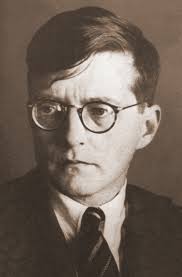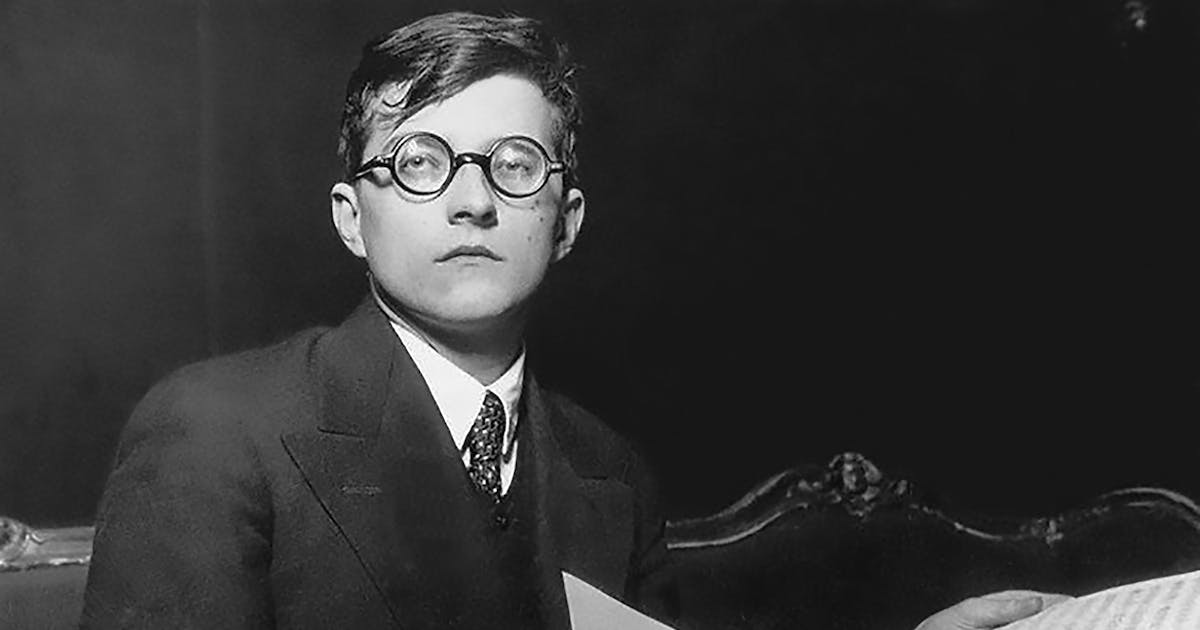The History of Shostakovich’s String Quartet No. 8 in C Minor, Op. 110
Dmitri Shostakovich’s String Quartet No. 8 in C minor, Op. 110, is one of the most haunting and personal works in the composer’s oeuvre. Written in just three days in July 1960 during a trip to the East German city of Dresden, the quartet is a powerful reflection on war, suffering, and the composer’s own mortality.
A Composition Born of Crisis
At the time of the quartet’s composition, Shostakovich was emotionally exhausted and in a fragile mental state. Officially, he was in Dresden to score music for a Soviet-East German film titled Five Days – Five Nights, which dealt with the reconstruction of the city after its destruction during World War II. However, the real result of his visit was something entirely different—and deeply personal.
Shostakovich completed the quartet between July 12 and 14, 1960. He inscribed the score with the following dedication:
“To the memory of the victims of fascism and war.”
But despite this outward dedication, many scholars and musicians—including the composer’s close friends—have interpreted the work as a requiem for Shostakovich himself. At the time, he had just reluctantly joined the Communist Party, a decision he bitterly resented. This moment of deep personal crisis is mirrored in the introspective and at times agonizing music of the quartet.
Shostakovich had used this motif before, but in String Quartet No. 8, it becomes the central structural and emotional pillar. It appears in all five movements and serves as a musical self-portrait, asserting the composer’s presence throughout the work.
Structure and Emotional Landscape
The quartet is composed in five interconnected movements:
- Largo – The opening movement introduces the DSCH motif and sets a solemn tone.
- Allegro molto – Violent and driven, this movement reflects images of war and terror.
- Allegretto – This movement includes sardonic references to earlier works by Shostakovich, including his Second Piano Trio and First Cello Concerto.
- Largo – A return to somber reflection, with quotes from Russian revolutionary songs.
- Largo – The final movement circles back to the opening material, ending in a quiet, unresolved fade.
Throughout the quartet, Shostakovich weaves in quotations from his own previous works and traditional Russian themes, creating a tapestry of musical memory and personal history.
Reception and Legacy
String Quartet No. 8 quickly became one of Shostakovich’s most performed and recorded chamber works. While the official dedication to war victims aligns with Soviet ideology, many listeners and interpreters have long recognized the work as an intensely personal statement—a kind of musical autobiography in the face of despair.
The Borodin Quartet, with whom Shostakovich often collaborated, gave early performances that brought international attention to the work. Later, arrangements for string orchestra (notably Chamber Symphony in C minor, Op. 110a, arranged by Rudolf Barshai) expanded the piece’s reach even further.
A Lasting Monument
In the decades since its creation, String Quartet No. 8 has been regarded as a masterwork of 20th-century chamber music. It speaks not only to the historical trauma of war but also to the inner turmoil of an artist trying to preserve his identity in the face of overwhelming pressure.
It remains a searing meditation on suffering, memory, and the persistence of the human spirit.


Comments are closed